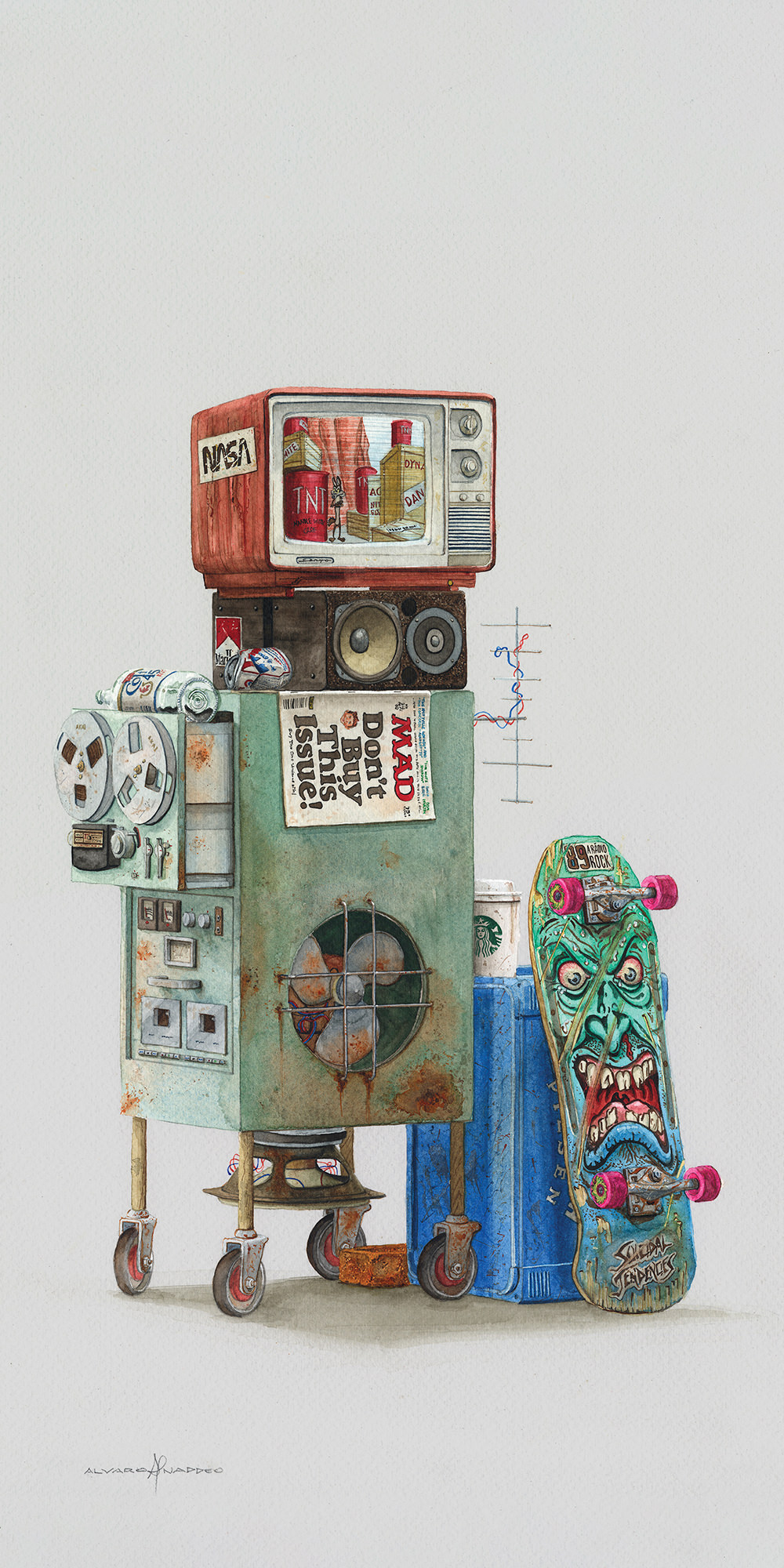Universal Audio recently entered the stompbox pedal market with their UAFX line of DSP-based analog-modeling pedals. Overall, this new trio of pedals is an exciting application of UA’s DSP and development – affordable and high-quality stompboxes that maintain the same vintage essence and extensibility that UA has brought to their other emulations. Think of them as fantastic multi-effect software plug-ins – but those plug-ins now come in little metal boxes with knobs and switches you can touch with your actual human fingers. Cool, right? Of this new trio, the Starlight Echo Station made its way to my mixing desk, and I eagerly gave it the beans.
As one might guess from the name, the Starlight is a multifunction delay, with lots of hands-on control via six high-quality pots, two stomp switches, and three selectable emulations (plus one bonus model activated through the companion UAFX Control mobile app over Bluetooth or via a wired USB-C connection to a computer). There is also a purely “digital-style” delay option for cleaner tones – that’s four delay types with radically different characters in one stompbox!
The Starlight’s Tape EP-III emulation of the Echoplex EP-3 tape delay is awesome, with adjustable wow/flutter and noise with plenty of opportunities to drive it into saturation. The second emulation, Analog DMM, recreates the classic bucket-brigade delay sounds of the late ‘70s/early ‘80s, with some enhanced elements like longer delay times (up to 1 second). The Precision delay mode is a clean digital delay with some extensive modulation options. Interestingly, if you register the pedal with the UAFX Control mobile app, you can add an emulation of the UREI Cooper Time Cube as well, which is just as fun as the UAD version.
The Starlight is housed in a solid, chunky metal enclosure, has stereo unbalanced I/O, but can accept mono signals for a dual mono or mono-to-stereo signal path. The stereo effects on this pedal are quite satisfying, even when using it with mono sends. In particular, the chorus mod options available in the Analog DMM model are super thick. Those options can add unique character and width to mix elements such as guitar buses or background vocals.
I initially set the pedal up with a DAW session as an effect send and return using the Radial Engineering EXTC-Stereo Effects Reamper and my patchbay. Like most pedals, the Starlight operates at instrument level only, so you’ll need to do some research before configuring pedals for line level mix duties. This external bus setup allowed me to leave the Starlight’s Mix knob on fully wet, utilizing the Radial EXTC-Stereo’s Wet/Dry blend to taste. My audio interface and DAW allowed me to compensate and offset any latency on my external hardware bus (shout-out to Presonus Studio One’s Pipeline XT plug-in).
I later direct-patched the Starlight into a long effects chain bus. One note: I found myself adapting a bit to the taper of the Mix knob, mainly when using the Tape EP-III mode. Initially thinking this was a “traditional” mix blending knob where the dry signal gradually is reduced from the noon position to fully clockwise, I noticed the Mix knob curve seemed to taper rapidly at the edge of its range (just before full clockwise). The folks at UA kindly explained that the pedal has zero latency due to its analog-dry-through design, and that means that the dry signal can only be fully on or off, not lowered. Thus, the Mix knob is more of a wet level control with a kill-dry at the end of the taper – this makes sense, and in fact I found that when I used the Starlight as an effects send, the fully wet position was the most logical setting in that context. Perhaps the mix knob taper/curve could be adjustable in future versions of the UAFX control app? I could see future iterations of the UAFX app offering other firmware unlocks such as new features via in-app purchases and more.
I can’t wait to see what’s next here, and have welcomed the Starlight into my rack drawer of external mix and re-amp tricks. Love it!




_disp_horizontal_bw.jpg)